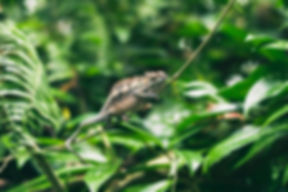
Why is Upper Teesdale so special?
Upper Teesdale is considered one of the top 5 ‘botanical hotspots’ in Britain and Ireland due to the unusually large number of rare plant species found here and the fact that plants with very different geographical distributions grow together here.
This unusual combination of northern and southern species, and some with a western link, growing together occurs nowhere else in Britain. This unique ‘Teesdale Assemblage’ of rare plants is considered to have survived continuously since shortly after the last glaciation some 10-12,000 years ago

G Chaytor
Two of the most important places for these rare plants are Widdybank Fell and Cronkley Fell. A special type of rock, ‘sugar limestone’, reaches the surface on these two fells and nowhere else in Britain. Dry grassland and wet flushed habitats on the sugar limestone support several of the rare species. Other habitats in Teesdale which are particularly good for the special plants include meadows, the Tees riverbank, the cliffs and the high fell tops.
Spoil heaps, the legacy of Teesdale's lead mining, provide further habitats for metallophyte or calaminarian species of plants tolerant of the heavy metals.
.png)